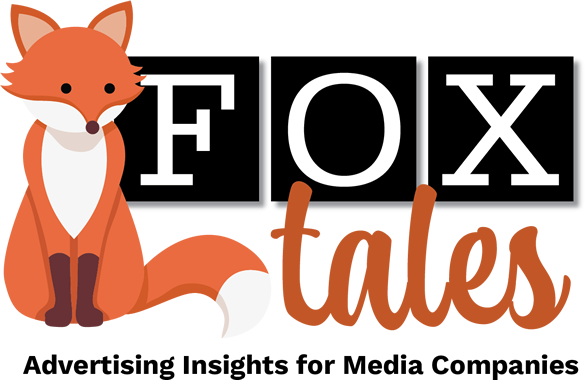If you’re like many of us, you use LinkedIn as a real-time and public-facing resume. You mostly post sporadically, usually about initiatives at your company, upcoming events, and sometimes personal milestones like a promotion.
You get connection requests from people you don’t know, but who might plausibly be a fit for your network—only to get an IM sales pitch minutes after you accept.
But there’s no underlying strategy. And according to Colleen McKenna, founder of Intero Advisory, that’s a huge miss. LinkedIn, McKenna says, isn’t a social network, it’s a business tool, and should be used accordingly. McKenna’s firm, dedicated to helping clients build a business strategy for LinkedIn, does just that.
We caught a keynote from her at a recent conference, and knew right away that she’s be a great Q&A for the Fox Tales audience. Her perspective and council might change the way you do things on LinkedIn. Here’s a transcript of our conversation.
Fox Tales: Tell us about the genesis of your business. Why did you select this vital community to offer counsel and expertise? I’ll bet there’s an interesting backstory.
Colleen McKenna: I had been in sales and marketing in the printing and publishing industries and was increasingly interested in technology as it emerged. In 2010, I guided a young sales team as they built their first professional networks through LinkedIn and immediately saw its power. At that point, I had been on LinkedIn for several years and knew its value. However, it was so new that no one knew what to do with it.

Colleen McKenna.
In 2011, I started my own business where I would focus on content and becoming a HubSpot agency partner, until people started asking me about LinkedIn and how I used it. Then, I saw a business opportunity. The rest is history and it’s been 13 years.
Fox Tales: What are the most common shortcomings organizations and professionals have using LinkedIn?
McKenna: They don’t understand its power—12 billion data points, 20 years of first-party data, user-generated content, and over 1 billion members. No one needs all that—however, they need to build strategic networks and a robust personal presence throughout their careers. They need to research, prospect, find points of entry, and spark conversations regardless of their focus and job title.
When they misunderstand LinkedIn’s power and value, or even if they understand it, they often neglect to develop a strategy. Random acts of LinkedIn activity rarely yield sustained success and interest.
They want it to be easy—connect with oodles of people regardless of who they are or send mass messaging. Neither works in the long run and typically yields a diluted and uninspired network.
Fox Tales: Conversely, to use a media-company example, a company with websites, print magazines and conferences, what does the profile of a competent and effective user look like?
McKenna: A good profile is optimized and complete, starting with the background image, headline, and about and experience sections. Additional sections further round it out and add greater depth to the profile. Each section should add credibility and interest and be clear on the person’s why and what.
At Intero, we write most of our profiles in the first person, because they are more interesting and approachable than third person. Short paragraphs are easier to read, especially since more than 70% of profiles are viewed on a mobile device. Design for the smallest screen.
Fox Tales: In your business, what do clients and customers most often need help with?
McKenna: Profile development, strategy, training and coaching on LinkedIn.com and LinkedIn Sales Navigator.
Fox Tales: How important are metrics? The breadth of the network, the engagement—likes, handclaps, shares, comments, etc.?
McKenna: Metrics are important and show progress—or a need for a new strategy. They help people gain confidence, i.e., when someone’s profile views increase after their profile has been updated. Engagement is most important for content and relevance. You need to know if your content resonates with your audience/network.
There are several ways to measure effectiveness on LinkedIn. Choose one or two key metrics and stick with those for 90 days.
Fox Tales: What would draw clients to a firm like yours?
McKenna: People want to lessen the learning curve, gain clarity, adopt a strategy, and work with experts who are also practitioners and not promising the moon or using automation. They come to us because we assist with all of those areas, and we are straightforward, practical, and strategic.
Very often a marketing department or a CEO brings us in because they are not getting the traction they hear others in their industry are getting. They don’t have anyone who understands the nuances of LinkedIn. We do not regard LinkedIn as social media. It’s a business tool, and we coach, train, and advise from that perspective.
Fox Tales: How do your clients find you?
McKenna: We are fortunate that current and former clients refer us. We leverage LinkedIn, conferences, and speaking engagements to share our knowledge and expertise.
